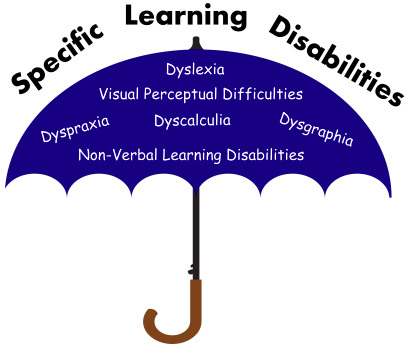Learning disabilities are a group of neurodevelopmental disorders that can significantly hamper a person’s ability to learn new things. As a result, the person may have trouble with tasks such as speaking, reading, writing, paying attention, understanding information, remembering things, performing mathematical calculations, or coordinating movements.
Learning disabilities typically develop at a young age and are often diagnosed during the person’s school years, since the primary focus at school is learning. It is estimated that 8% to 10% of children below the age of 18 have some type of learning disability.

Symptoms of Learning Disabilities
These are some of the symptoms of learning disabilities:
- Poor memory
- Difficulty focusing
- Short attention span
- Difficulty with reading or writing
- Inability to distinguish between sounds, letters, or numbers
- Tendency to put numbers or letters in the wrong sequence
- Difficulty telling time
- Confusion between right and left
- Tendency to reverse letters
- Difficulty grasping certain words and concepts
- Difficulty expressing thoughts and emotions
- Poor hand-eye coordination
- Disorganization
- Trouble with listening and following instructions
- Inconsistent performance on a daily or weekly basis

It’s important to recognize that while people with learning disabilities have some challenges with learning, they are not in any way inferior to anyone else. Special education, treatment, support, kindness, and patience can help them achieve success.
An occupational therapist can work with a child, their school, and parents to provide treatment, advice, strategies, and techniques to minimize the effects of a learning difficulty on everyday life.
Below are some of the ways that an occupational therapist might focus on:
- Breaking tasks down into smaller and more manageable chunks
- Helping with mental preparation and memory aids
- Advising on calendar and time management
- Teaching visual cues and reminders
- Helping a child develop a mature pencil grip
- Teaching how to assume and maintain an effective sitting posture
- Teaching correct letter formation
- Supporting with development of pre-writing and coping skills
- Introducing activities to increase core and shoulder stability
- Helping build fine motor, hand strength, and dexterity
- Support with the organization of work on the page
